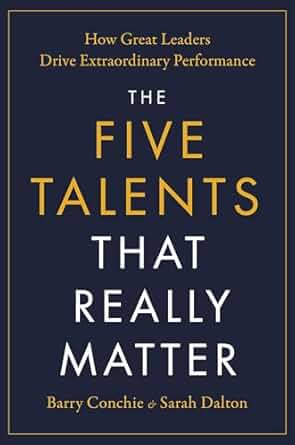
I am following up on my September 20, 2024 post, “15 Takeaways From Leader to Leader Fall 2024 Issue 114,” with this new post about the Winter 2025 issue of Leader to Leader, where I am managing editor.
I’ve included links to all of the articles, and I hope you will agree that it is a strong and eclectic collection of leadership writing, from some of today’s most important leaders/thought leaders.
And be sure to check out our growing list of virtual issues. The latest, “Leadership Discourse and Dialogue,” is free to read for a limited time.
Working Together With Others Towards a Common Good
Columnist: Sarah McArthur, Editor-in-Chief, Leader to Leader
Article: “What Will Sustain the Democracy?”
Sample quote:
As all of us then are responsible for our communities as a whole. No longer can we rely blindly or otherwise on the lone leader at the top to call the shots and save us from peril. We are all “somebody,” we are all leaders with the responsibility to support, serve, and sustain the democracy within which our communities can thrive.
To that end, we must ask ourselves, am I taking responsibility in my community, my organization, and in our world, or am I waiting for “them” to fix it and blaming “them” when it remains broken? Am I working together with others towards a common good, or am I ignoring, or worse, silencing the voices of those I don’t want to hear? These aren’t easy questions to answer, but they are crucial to address honestly now if we are to sustain the democracy and ensure a bright future of healthy, productive communities for those who will be here even after we are long gone.
Connecting Things That Seem to Have Nothing to do With Each Other
Author: Tiffany Chang
Article: “Three Leadership Perspectives For Enhancing the Orchestra Conductor Metaphor ”
Sample quote:
A conductor faces the same challenges as any leader embedded within a top-down management structure. It’s just as helpful for me to turn the metaphor around: Conductors are middle managers with executive leadership above us and musicians below us. Conductors are coaches entrusted with the growth of our musicians. And conductors are entrepreneurs striving to have small- and large-scale impact on our arts organizations and the world.
One of my favorite definitions of creativity is connecting things that seem to have nothing to do with each other. I remain curious about how a conductor’s storytelling, aware listening, and enabling teamwork can serve as springboards for further conversations in leadership development across all industries—including my own!
Motivating an Entire Organization to Succeed
Authors: Barry Conchie and Sarah Dalton
Article: “Predicting Leadership Effectiveness Through the Talents That Really Matter”
Sample quote:
While many people recognize the quality of being a “self-starter,” there is much more to the energy required to motivate an entire organization to succeed. But one thing is clear, measurement is the indicator of progress as well as the validation of ultimate success. Without measurement—dials on a dashboard if you will—we pat each other on the back and award medals for effort. In our research, we found amazing leaders who possessed the self-confidence and awareness to step in front of seemingly impossible challenges and win through a combination of their own efforts and their mobilization of others.
For all these qualities to combine to achieve success, they need to be driven by a strong commercial mindset. More than knowing their way around a profit and loss/P&L statement, great leaders understand that commercial success is driven by the positioning of talented leaders in ways that enable each person to give of their best—for them to freely drive themselves. Without this, resources get drained by the belief that nearly everyone can be trained to do just about anything. It’s a bottomless pit circling the drain towards mediocrity.
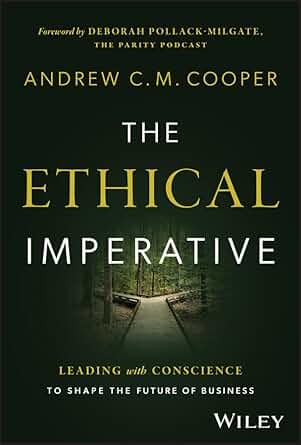
Promoting Collaboration Rather Than Competition
Author: Andrew C.M. Cooper
Article: “Overcoming Leadership Challenges in Highly Matrixed Organizations ”
Sample quote:
During the COVID pandemic, I would often mediate perspectives with colleagues through disinterested channels of peers to identify areas that may have been overlooked by my legal, regulatory, and communications teams. Sometimes this was a disinterested human resources business partner, sometimes an engineering partner, but always a trusted source with nothing to gain from the issue resolution. But I operated within an organization where collaboration was a staple. In fact, it was imperative. Organizations that promote competition between groups rather than collaboration among them suffer the most from the parallax problem because recognition and reward seldom follows sharing perspective and often follows individual impact.
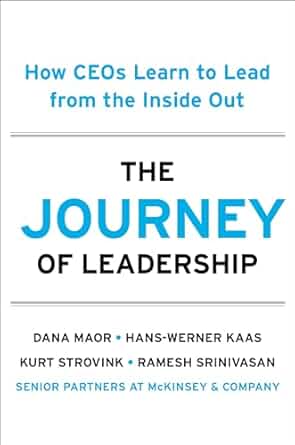
Deep Introspection and Candid Self-Observation
Authors: Dana Maor, Hans-Werner Kaas, Kurt Strovink and Ramesh Srinivasan
Article: “Micro-Practices to Help You Become a Great Leader And Learn To Lead From the Inside Out”
Sample quote:
Leading others first requires the ability to “lead yourself” by enhancing your self-awareness. It involves deepening your understanding of what fuels your energy, what you value, and what emotions are easy or hard for you to experience. It requires deep introspection and candid self-observation.
The best leaders develop a sense of true belonging by persuading themselves that they are indeed the right person for the job even if they’re harboring some insecurities. They find the courage to overcome their lack of confidence by figuring out what’s keeping them back and confronting it. They are also open to frank feedback from those around them so they can learn how to contribute in meaningful ways. It is not about the need to be superior or loved by others but rather about having a shared sense of belonging, anchored in a shared courage to make decisions even if they are unpopular or come with some personal risk.
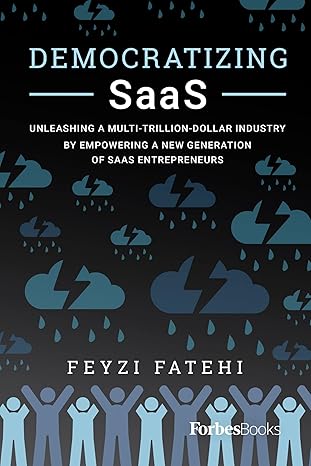
Guiding and Fostering Relationships
Authors: Alex Lazarus and Feyzi Fatehi
Article: “The Diplomat Within: Leading with Unity in a Multipolar World”
Sample quote:
The idea that modern diplomacy goes beyond the corridors of high power implies that it is a skill available to all, not just those in formal roles. This inclusivity is particularly valuable because it provides leaders with valuable lessons from the practice of diplomacy. To understand how these lessons can be applied, it is essential to first clarify the similarities and differences between leadership and diplomacy. Both functions involve guiding and fostering relationships, but they do so in distinct ways and differ in scope.
In leadership, the focus is on steering toward an objective typically within some parameters of hierarchies and roles. Diplomacy, on the other hand, offers a framework that often operates within a less hierarchical and more fluid environment, with a set of behaviors and ways of thinking that helps diffuse tensions and find common ground among parties of differing power dynamics.
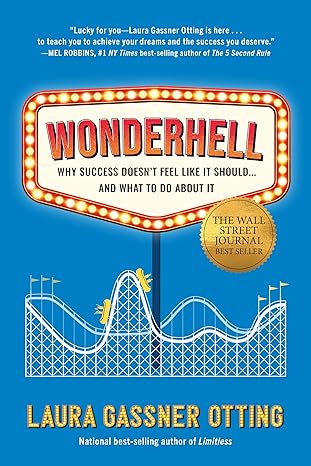
Consonance Looks Different For Everyone
Author: Laura Gassner Otting
Article: “The Power of Control: Transforming Employee Engagement in a Post-Pandemic World”
Sample quote:
Consonance is the sense of frictionless belonging, of momentous stride, of core relevance. It is a guiding force that reveals how our work (whatever that may be) contributes to our overall life’s plan. It connects our daily activities to the success of those around us, and gives us clarity about why we—specifically us, in that seat, in that office, in that box on the organizational chart—matter. Consonance is not just purpose, writ large (and lofty). It’s your purpose, freely and clearly defined by you, and put into action through awareness of and alignment with your life’s plan.
Consonance looks different for everyone. And it’s ever-changing, evolving as we age and pass through life’s various stages and adjust our priorities. Yours will be unique to you. The four elements that will make up consonance, however, are fixed: calling, connection, contribution, and control.
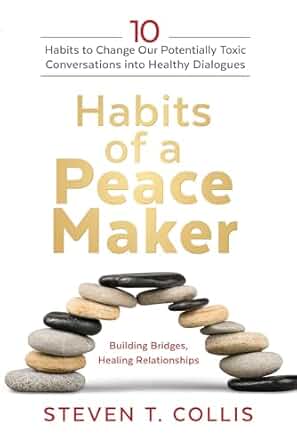
Reframing Conversations With the End Goal in Mind
Author: Steven T. Collis
Article: “The Importance of (Re)Framing Conversations in Leadership”
Sample quote:
Leaders must learn to reframe conversations with the end goal in mind. Those goals will often change given the circumstances. We may be trying to solve a dispute between two or more employees. We may be focused on transforming a toxic work environment into a healthy one where everyone can thrive. Perhaps we are trying to find a solution for a complex problem our organization is facing, such as competitors stealing market share or a botched product rollout. Each of these—and countless others like them—are high-stress topics that, if not framed properly, can lead to unproductive lost time and efficiency. Proper reframing can help us avoid that.

Don’t Break Things
Author: Denis Moriarty
Sample quote:
We started with a handful of tech programmers working on the offerings of philanthropic foundations, and now we’re contracting with entire Australian states and moving internationally. There’s a universal need to bring do-gooders together on a mutually rewarding basis with the government and private organizations that have money and want good things to happen, and I can assure you that to do that task well is resource-intensive (which means it’s hard for new startups) and needs a strong customer focus (which makes it difficult for purely profit-oriented businesses).
And what have I myself contributed to these positive developments? What distinguishes the leader from the passenger? Much management advice, in all sectors, boils down to “Don’t break things,” and I am no exception.
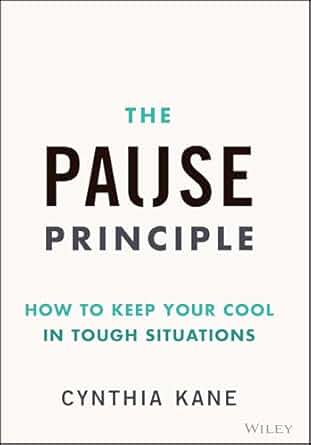
Creating a Thriving Culture
Author: Cynthia Kane
Article: “How Leaders Can Apply The Pause Principle in Difficult Interactions”
Sample quote:
At the forefront of creating a thriving culture is the way those in leadership positions communicate, especially under pressure. According to The Learning Habits of Leaders and Managers report, which comes from the GoodPractice Leaders and Managers Insights Research Study, 50% of managers cited difficult conversations as the biggest challenge they face in their roles, and according to research by the US firm Gartner, 67% of managers feel uncomfortable with face-to-face communication with employees.
This discomfort may be a reason we’re seeing more recorded videos being sent by those in charge either communicating layoffs, changes, or responding to challenging questions. There’s even data that claims that 34% of managers admitted to putting off having difficult conversations for at least a month and that 25% had put it off for over a year. Why are we so scared of these kinds of conversations? Not only because of the other person’s reactions, but also because of our own! And it’s miscommunications like these SHRM says cost companies with 100 employees an average of $420,000 per year.
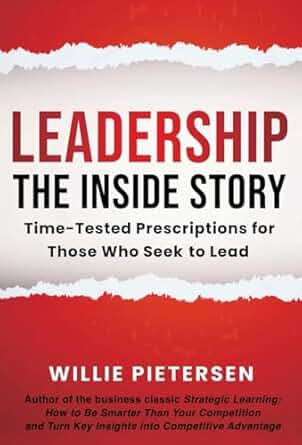
Keeping a Learning Journal
Author: Willie Pietersen
Article: “Continual Learning—The Key to Competitive Success”
Sample quote:
Learning creates value only if we can remember the lessons and apply them. Unfortunately, insights tend to be quickly lost in the ferment of everyday life. It’s not a new problem. Hermann Ebbinghaus, a nineteenth-century psychologist, studied human memory. He was stunned to discover that our dominant trait is actually our capacity to forget. He found that, in the absence of deliberate countermeasures, the average person forgets up to 90 percent of any new information learned after 30 days!
One powerful antidote to forgetting is the habit of keeping a learning journal to preserve your savings. I began this practice when I was sixteen. In an effort to expand my vocabulary, I started to write down the definitions of new words in a handy, easy-to-carry notebook. Gradually, this process expanded into recording new information from diverse fields of knowledge such as philosophy, astrophysics, evolutionary theory, economics, and history. I now have a collection of learning journals, representing many years’ worth of ideas and insights. I regularly review them during times of reflection and draw on them in my teaching and writing.
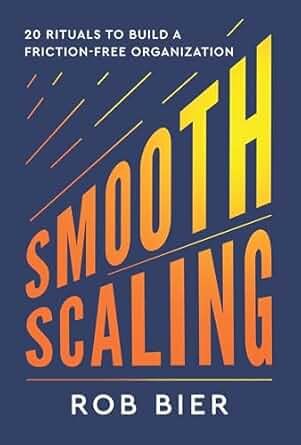
Turning Chaos into Coherence
Author: Rob Bier
Article: “The Power of Rituals in Building a High-Performance, Scalable Organization”
Sample quote:
Rituals provide a unifying framework for building a high-performance, scalable organization. They are specific, repeatable practices that instill the right habits and mindsets throughout the company. As I often say, “Rituals are the squats and lunges of organizational fitness”—essential exercises that develop the strength and resilience needed to scale successfully.By embracing these rituals, organizations can turn chaos into coherence and unlock their full growth potential. My experience with clients illustrates that the key is to start small, focus on the most relevant rituals, and gradually expand as the company matures. With consistent practice, these rituals can become the default way of working, enabling organizations to scale without losing their culture or performance.
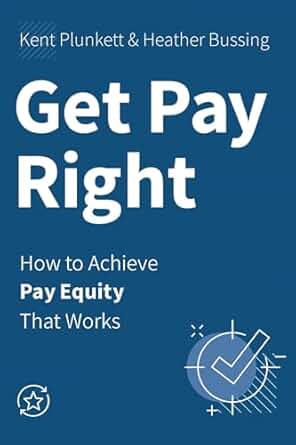
Compliance is Always Less Expensive
Article: “Achieving Pay Equity in a Holistic, Comprehensive Manner”
Sample quote from Kent Plunkett, founder of Salary.com, and Heather Bussing, employment attorney, writer, and law professor:
Why did we write this book? For Kent, it’s because compensation data and helping organizations understand and use it effectively has been at the center of his career for over 25 years. For Heather, she has experienced pay and other forms of gender discrimination—even as an employment lawyer—and seen what happens when claims get filed. Compliance is always less expensive. Getting pay right is also an opportunity to create a fairer workplace where people understand why they make what they make.
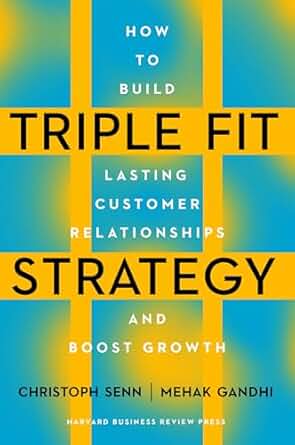
Putting Customers at the Heart of Your Business Strategy
Article: “Trying a New Strategy For Avoiding the Buyer-Seller Trap”
Sample quote from Christoph Senn, Founder/CEO of Valuecreator; and Mehak Gandhi, Head of Research and Training at Valuecreator.
Triple Fit Strategy is all about embracing a 360-degree perspective that helps you escape the product-centric mindset. Our mission is to help people cut through price wars and avoid the buyer-seller trap where the conversations are centered around products and prices that eventually creates costly breakdowns and, instead, collaborate for strategic breakthroughs based on creating value together. In other words, Triple Fit Strategy is all about putting customers at the heart of your business strategy and creating a fit at three levels: the planning fit, the execution fit, and the resource fit.
